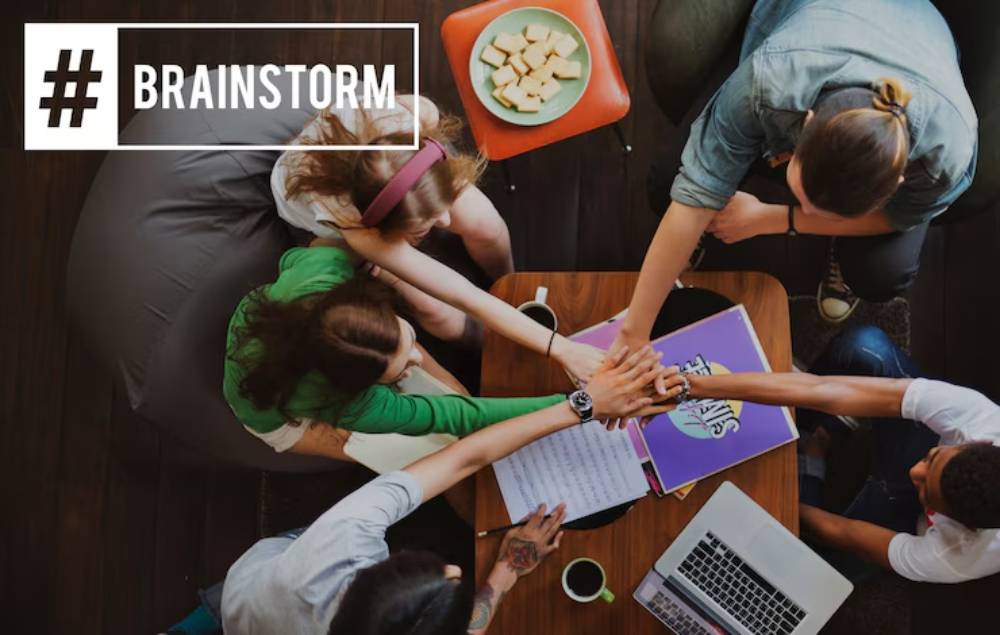
Creative Thinking Exercises That Boost Innovation at Work
Creating a culture of innovation is key for businesses. It helps them keep a competitive edge in today’s fast-paced world. This means there’s more focus on workplace creativity. Organisations now see the need to innovate. They view creativity as an untapped resource, just waiting to be used. But how do organisations foster such an environment? The answer often comes from structured creative thinking exercises. These are designed to boost innovation in the workplace.
Why Creative Thinking Matters in the Workplace
Creative thinking is more than just a buzzword. It is a crucial component of any successful business strategy. It lets employees tackle problems in fresh ways, come up with new solutions, and adapt quickly to changes. Using creative thinking tools in daily operations helps organisations find new ideas that drive progress.
In essence, creative thinking is the engine that drives innovation. It pushes employees to think differently and explore new ideas. This can lead to breakthroughs that change industries. Fostering workplace creativity boosts employee engagement and satisfaction. When employees feel empowered, they want to share their unique ideas and perspectives.
Key Benefits of Fostering Workplace Creativity
Enhanced Problem-Solving Abilities
Nurturing creativity at work greatly boosts problem-solving skills. Encouraging employees to think creatively helps them find new solutions to tough challenges. This can lead to more efficient processes, cost savings, and, ultimately, a stronger bottom line.
Increased Adaptability
In a world where change is the only constant, adaptability is a prized asset. Creative thinking exercises make employees more flexible and open to new ideas. This helps organisations pivot more easily when needed. This adaptability is crucial for staying ahead of competitors and seizing new opportunities as they arise.
Boosted Employee Engagement
Workplace creativity is intrinsically linked to employee engagement. When people can share their ideas and help with innovation, they feel more invested in their work. Feeling a sense of ownership boosts motivation, productivity, and job satisfaction.
Competitive Advantage
Companies that focus on innovation and creative thinking get an edge in their industries. These organisations can stand out from competitors by coming up with new ideas and solutions. This helps them gain a bigger market share.
Creative Thinking Exercises to Boost Innovation

Brainstorming Sessions
Brainstorming is a classic yet effective creative thinking exercise that encourages the free flow of ideas. In a brainstorming session, team members can share ideas freely. They should feel safe from judgment or criticism. This open space encourages creativity. It can spark new ideas and solutions for important problems.
Mind Mapping

Mind mapping is a visual tool that helps individuals organise their thoughts and ideas. A diagram that links related ideas helps employees find new paths and discover solutions. This exercise helps with complex projects. It fosters a full understanding of different parts.
Role-Playing Scenarios
Role-playing exercises let employees try out different roles and viewpoints. This helps them think creatively. Simulating real-world scenarios helps team members build empathy. They can also learn how others tackle problems. This can lead to more well-rounded and innovative solutions.
SCAMPER Technique
The SCAMPER technique helps people think creatively. It encourages them to look at a problem from different angles by asking specific questions. SCAMPER stands for Substitute, Combine, Adapt, Modify, Put to another use, Eliminate, and Reverse. Using this framework, employees can explore new options and create fresh ideas.
The Six Thinking Hats
Edward de Bono created the Six Thinking Hats method. It helps people solve problems by looking at them from six angles: logical, emotional, cautious, optimistic, creative, and managerial. Employees can see different viewpoints. This helps them understand a problem better. Then, they can create more balanced solutions.
Additional Expert Tips & Common Mistakes to Avoid
Encourage a Culture of Experimentation
To boost workplace creativity, organisations should encourage experimentation. They must see failure as a chance to learn. This mindset encourages employees to take risks and explore new ideas without fear of repercussions.
Avoid Overemphasis on Efficiency
While efficiency is important, an overemphasis on it can stifle creativity. Giving employees time and space to explore ideas can spark innovation. This freedom helps them think creatively without the stress of quick results.
Embrace Diversity
Diverse teams bring a wealth of perspectives and experiences to the table, which can lead to more creative solutions. Organisations should work to build inclusive spaces. In these places, everyone’s voice matters.
Advanced Insights and Expert Recommendations
Leverage Technology to Enhance Creativity
Incorporating technology into creative thinking exercises can enhance their effectiveness. Tools like virtual reality, AI brainstorming platforms, and collaborative software help teams share ideas and work together.
Continuous Learning and Development

Encouraging continuous learning and development is essential for maintaining a culture of innovation. Access to workshops, courses, and resources helps employees boost their creative thinking. It also keeps them updated on industry trends.
Conclusion: Unleashing Innovation Through Creative Thinking
Encouraging workplace creativity is now a necessity, not a choice. A creative thinking mindset helps organisations innovate and gain a competitive edge. As you begin this journey, allow for trial and error. Embrace diversity. Don’t forget to use technology to accelerate your efforts. This will establish a culture of innovation that leads to success and motivates your organisation to be progressive. Get ready to make creativity a powerhouse in your organisation! Begin these exercises today. You’ll see your team turn challenges into chances for growth and new ideas.